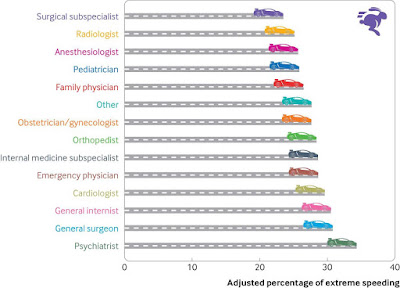A Cultural Disconnect
It's not often when my relatively off the grid town of Riverside becomes a focal point for national news. Riverside, California is known for its former glory for citrus, smog, and other current attractions such as The Mission Inn, Lunar Festival, Festival of Lights (Mission Inn), and a new UCR School of Medicine, now has become a focal interest for Wuhan's Corona Virus. Flashback ten or more years ago when the former March Air Force Base was in operation. It was a major Strategic Air Command location. In those days in the 1950s and 60s, there was a ready alert squadron parked their with dark and looming B 52 Stratofortress bombers and their pilots poised at the southern end of the 13000-foot runway ready to be launched at a moment's notice. Their daily practice sessions could not be missed with the roar of engines and a trail of smoky engine exhausts. What a difference, this week 195 souls arrived from the consul in Wahun, China. There was no fanfare, and there was no ...





